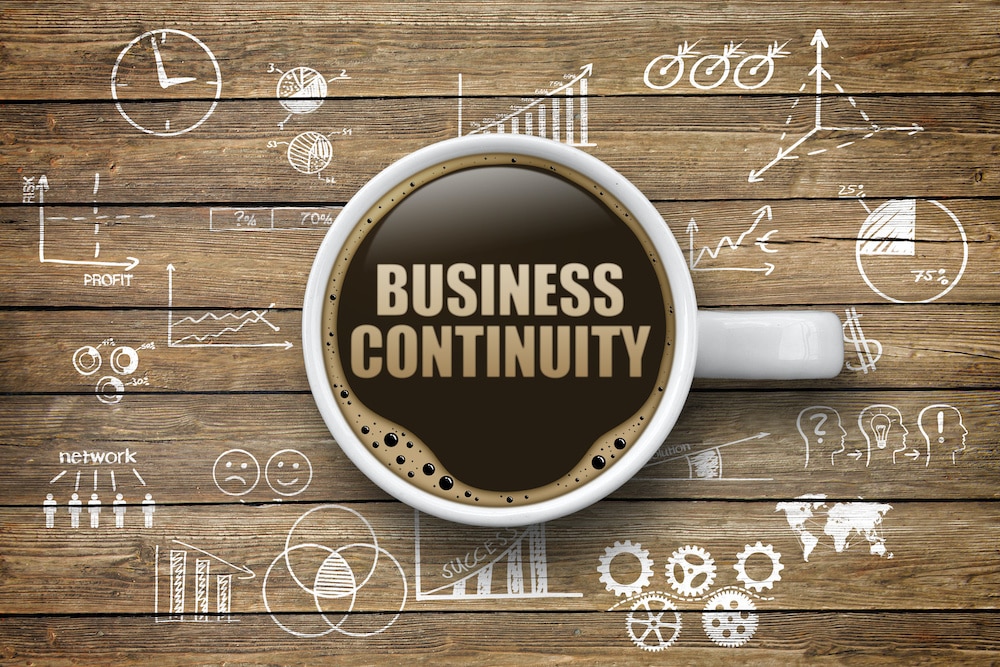Getting insurance is a normal process when taking into account the health of a person, or while getting a car. Similarly, businesses take extra care when implementing quality cybersecurity strategies and developing policies that are responsible for maintaining safety.
However, with the high chances of data theft these days, what precautions can you take for your business? This is where the importance of disaster recovery comes to the forefront, helping ensure business continuity.
Here are the steps for developing a successful and healthy disaster recovery plan:
1. Set recovery objectives. The basic motive here is to develop a good disaster recovery plan for reducing the downtime and costing involved in the loss of data. Set the objectives for recovery time and recovery point, so that you can develop a useful data recovery plan . The parameters you set will help determine how quickly you can recover data. The objectives will determine the downtime within which your system should achieve full recovery. Another objective will be deciding the manageable data loss that will not have a bad impact on the business.
2. Identify the necessary professionals. You need to identify who you will need for the disaster recovery plan, including the internal and external members. You must have the documented information about how and when to contact every member required. The document should also mention the responsibilities assigned to the members in detail. If you have a pre-approved budget for recovery services and tools, it can help you ease out the loss and develop a successful plan for disaster recovery.
3. Create detailed documentation for network infrastructure. If you have a step-by-step guide about network configuration , it will aid the execution of the data recovery procedure. If you can take a holistic blueprint of the current network infrastructure, you’ll be able to ensure quick and correct recovery of the whole system. Detailed documentation raises the chances of successful reconstruction of the corrupt infrastructure. It’s a good idea to maintain all the documents offline in a private cloud. In both cases, the document must have easy access for all personnel.
4. Select the data recovery technique. There are a number of options for data recovery solutions , including RAID recovery, hard drive recovery, optical recovery, and tape recovery. It’s crucial to select the right one for your business. Take into account the requirements of your business for selecting one of the solutions. There are outsourced on-premise, or cloud-based DRaaS services, available for the purpose. Every data recovery method has its own set of abilities, which can be difficult for your budget. Some other factors that affect the costing involved in the recovery are recovery timelines, storage capacity, and complexity of configuration.
5. Create an incident criteria checklist. When you are figuring out how to send large videos , a power outage sometimes occurs. All companies have to face temporary outages, but these incidents can’t be utilized for initiating a disaster recovery process.
No one wants to carry out a full recovery procedure in case of temporary outages. However, if the reason for the outage is a natural disaster, the alternative has to be taken into account. If you can develop an all-inclusive checklist to identify a disaster, the recovery teams can execute a disaster recovery plan pretty fast. The checklist will have different points for every organization, depending on their budget and objectives for the recovery of data.
6. Document, test, and update the disaster recovery plan regularly. After identifying the disaster recovery incidents, document all the procedures for the disaster recovery strategy. The disaster recovery plan should also be tested regularly, so that the plan is reliable and has a greater chance of providing effective results. Your disaster recovery plan must be updated as your business grows.
During the time of testing, you will find certain limitations associated with the existing plans. Eliminate the limitations and maintain a log for them. A comprehensive list of members involved in the disaster recovery plan process execution should be maintained. If there are new members on the team, they must be trained and assigned responsibilities as quickly as possible.











